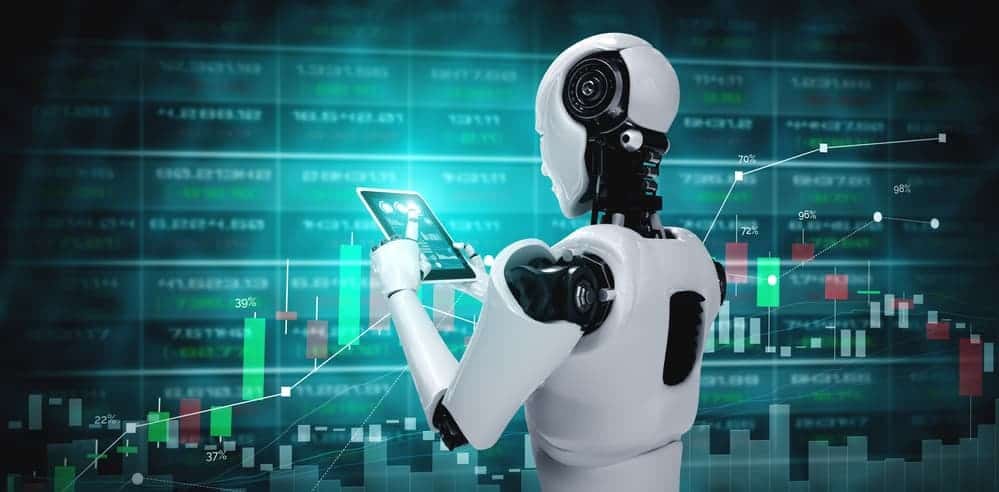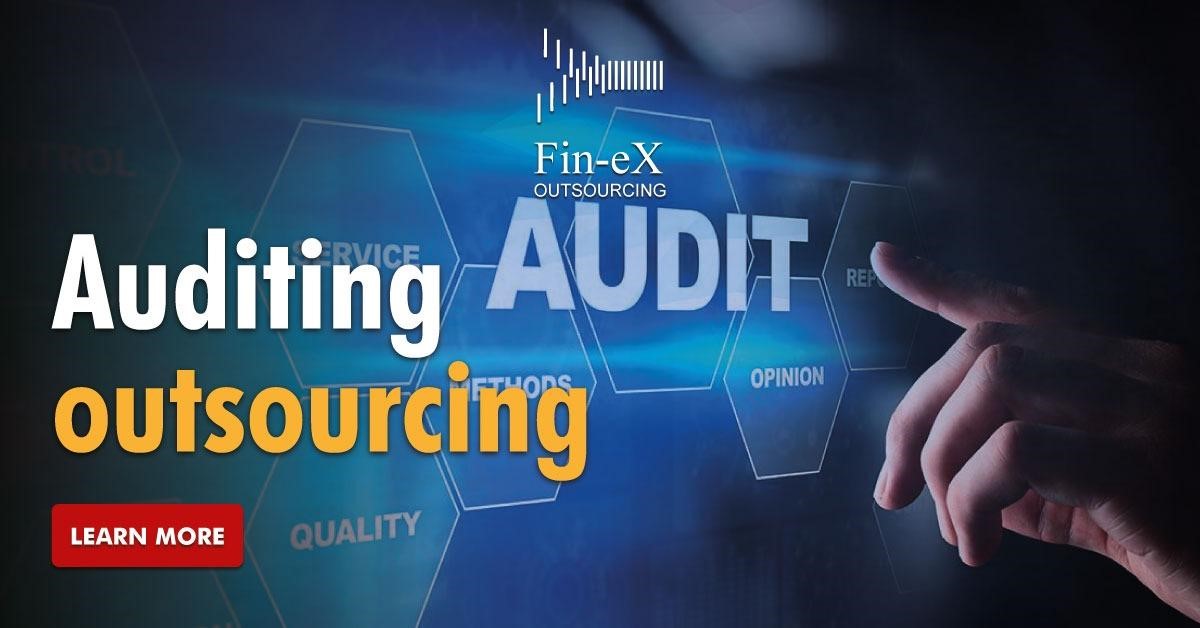In the fast-paced world of forex trading, where every second counts and decisions need to be made swiftly, technology has emerged as a game-changer. Among the most intriguing innovations in recent years are forex robots, also known as expert advisors (EAs). These automated trading systems promise to revolutionize the way traders engage with the forex market, offering efficiency, accuracy, and the potential for substantial profits. forex robot
What are Forex Robots?
Forex robots are automated trading software programs designed to analyze the forex market, identify profitable trading opportunities, and execute trades on behalf of the trader. These robots operate based on pre-defined algorithms and parameters, which can range from simple to highly complex strategies.
The Rise of Algorithmic Trading
Algorithmic trading, of which forex robots are a prime example, has gained significant popularity in recent years due to the advancements in computing power, algorithm development, and data analysis techniques. Traders are increasingly turning to automated systems to eliminate human error, emotions, and biases from their trading decisions, leading to more disciplined and consistent trading strategies.
Advantages of Forex Robots
24/7 Trading: Unlike human traders who need rest, forex robots can operate 24 hours a day, 7 days a week, continuously scanning the market for opportunities and executing trades as soon as the criteria are met.
Emotion-Free Trading: Emotions such as fear and greed often cloud the judgment of human traders, leading to impulsive decisions and losses. Forex robots operate based on logic and predefined rules, eliminating emotional biases from the trading equation.
Backtesting and Optimization: Forex robots allow traders to backtest their strategies using historical data, enabling them to assess performance, identify strengths and weaknesses, and optimize their algorithms for better results in live trading.
Speed and Efficiency: With the ability to execute trades within milliseconds, forex robots can capitalize on fleeting market opportunities that may be missed by human traders, leading to potentially higher returns.
Risks and Considerations
While forex robots offer numerous advantages, they are not without risks. It’s essential for traders to exercise caution and consider the following:
Market Conditions: Forex robots may perform well in certain market conditions but struggle in others. Traders should carefully evaluate the performance of their robots across different market scenarios and adjust their strategies accordingly.
Over-Optimization: Over-optimizing a trading strategy based on past data can lead to curve-fitting, where the robot performs exceptionally well in historical tests but fails to deliver in live trading due to changes in market dynamics.
Monitoring and Maintenance: Despite their autonomy, forex robots require regular monitoring and maintenance by traders to ensure they are functioning correctly, adapt to changing market conditions, and intervene if necessary.
Leverage and Risk Management: Automated trading does not absolve traders from the responsibility of implementing sound risk management practices, including proper leverage usage, position sizing, and diversification.
Conclusion
Forex robots represent a significant advancement in the world of forex trading, offering traders the potential for increased efficiency, accuracy, and profitability. However, like any tool, they require careful consideration, testing, and ongoing monitoring to harness their full potential while mitigating risks. As technology continues to evolve, forex robots are likely to play an increasingly prominent role in the trading landscape, shaping the future of forex trading in the digital age.



